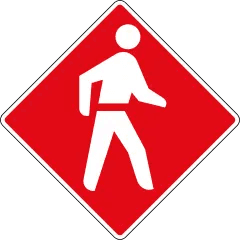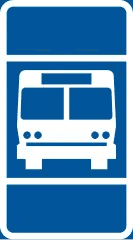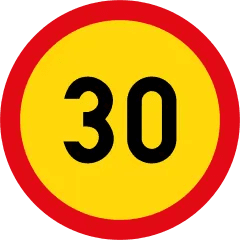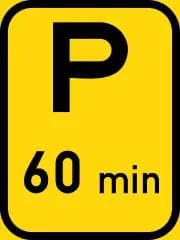Back to Regulatory Signs signs

Pedestrian Priority Sign: Meaning, Rules, and Where It’s Used
Regulatory Signs
A pedestrian priority sign marks an area where pedestrians have the legal right-of-way over vehicles.
What Does a Pedestrian Priority Sign Mean?
This regulatory sign designates a pedestrian priority zone. These zones, common in urban centers and near schools, require drivers to slow down, yield, and prioritize foot traffic. Violating these rules can result in fines or accidents.
Rules for Drivers in Pedestrian Priority Zones
- Yield to Pedestrians:
- Stop if someone is waiting to cross, even if they’re not on the road yet.
- Speed Limits:
- Never exceed posted limits (often 10–20 km/h).
- No Overtaking:
- Passing other vehicles is prohibited.
- Parking Restrictions:
- Stopping or parking is usually banned unless marked.
Where Are Pedestrian Priority Signs Used?
- City Centers:
- High-foot-traffic areas like shopping streets (e.g., European "shared spaces").
- Schools & Hospitals:
- Protect children, parents, and vulnerable groups.
- Tourist Areas:
- Historic districts or parks with heavy pedestrian flow.
Master K53 Road Signs with Our App
Download our K53 Learners App for comprehensive practice with all road signs, interactive quizzes, and detailed explanations.
Practice anytime, anywhere and build your confidence before the actual test!


